1. Taco Bell’s Beefy Crunch Burrito
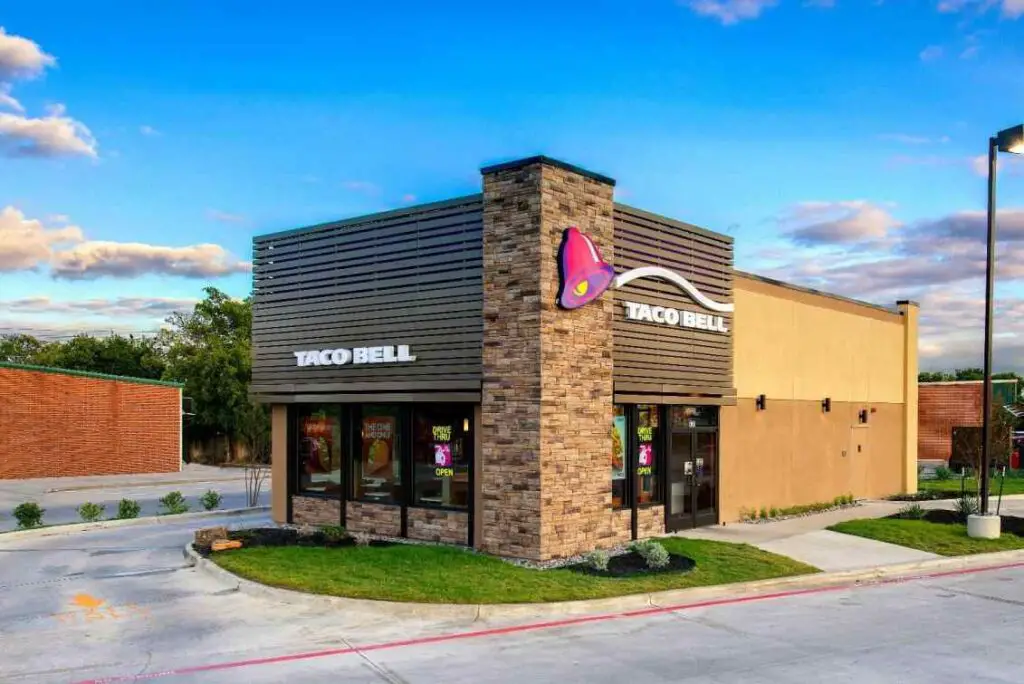
Taco Bell’s Beefy Crunch Burrito was a fan favorite, but it didn’t last long on the menu. Packed with seasoned beef, Flamin’ Hot Fritos, and a creamy ranch sauce, it was a bold attempt to combine spice and crunch in one bite. The combination of high-fat beef and processed Fritos made it incredibly calorie-dense and an overwhelming option for anyone watching their diet. People were drawn to its bold flavors, but many began to realize it wasn’t exactly doing them any favors in the nutrition department.
The burrito was discontinued, likely due to complaints about its sheer unhealthiness. With the addition of all those chips and sauces, it was too much indulgence, and it just couldn’t stand up against the more health-conscious choices that began to emerge in fast food. Taco Bell made the right call by quietly sending this one to the menu graveyard.
2. McDonald’s Hula Burger
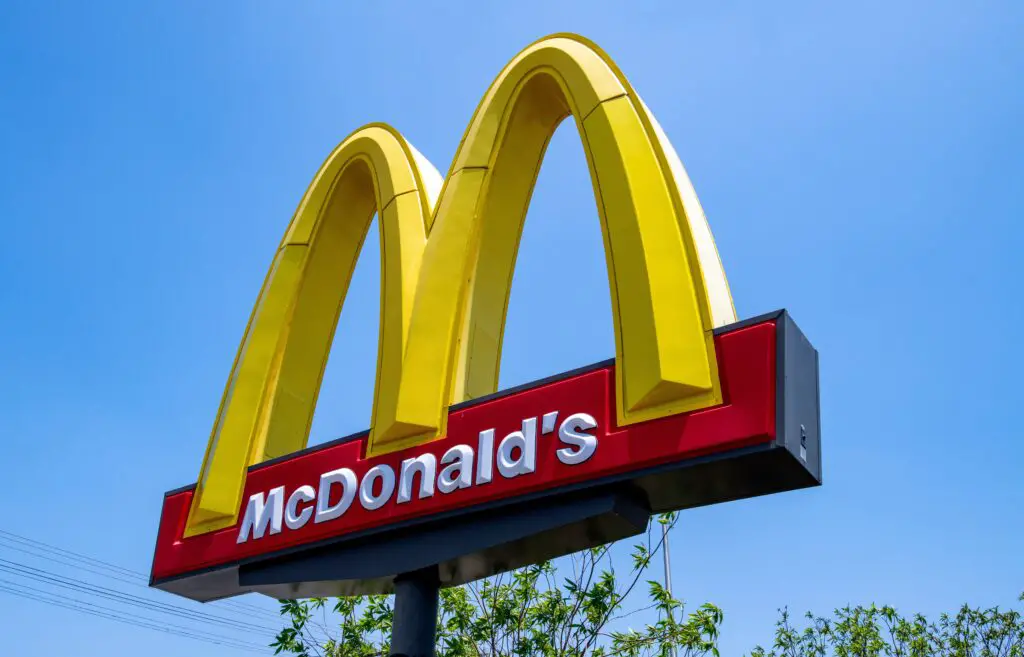
In the 1960s, McDonald’s was trying to attract a more health-conscious crowd by offering alternatives to their regular fare. Enter the Hula Burger: a pineapple slice and cheese sandwiched between a bun, without any meat. The idea was to appeal to Catholics abstaining from meat on Fridays. But while the concept seemed to fit in with the more experimental fast food trends, the Hula Burger never quite caught on.
The problem was, it wasn’t exactly appetizing. People didn’t want a pineapple in place of their juicy burger, and the Hula Burger didn’t offer enough flavor or substance to win people over. McDonald’s quickly dropped the item, realizing that their customers were more interested in traditional burgers.
3. Wendy’s Superbar
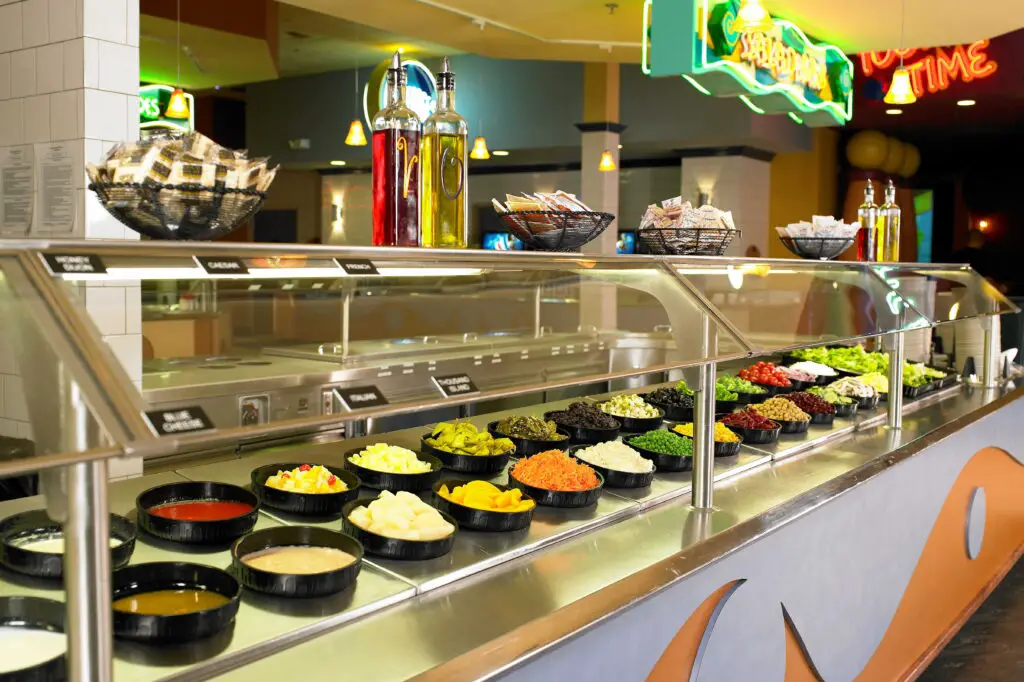
Wendy’s Superbar, introduced in the 1980s, was a salad bar on steroids. It featured a wide array of toppings, including taco fixings, pasta, baked potatoes, and more. While it seemed like a great idea for those craving variety, the problem was that the “all-you-can-eat” format encouraged overeating. Plus, the buffet-style setup wasn’t exactly in line with Wendy’s usual model of freshly prepared items.
The Superbar disappeared after customers realized that they were often filling up on calorie-laden sides rather than a healthier option. The sheer temptation to pile on toppings made it a major contributor to excessive caloric intake, making it unsustainable for the fast food chain. Wendy’s pulled the plug, but the memory of that overindulgent setup still lingers in fast food history.
4. Burger King’s Enormous Omelette Sandwich
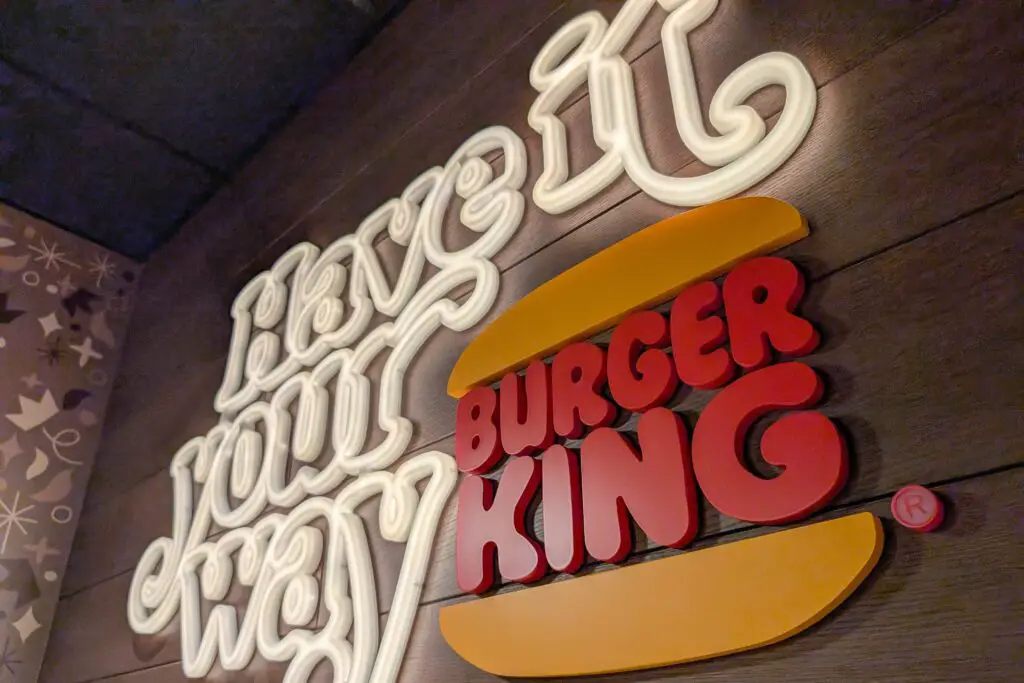
Burger King’s Enormous Omelette Sandwich was introduced in the early 2000s as a breakfast option, and it lived up to its name in terms of size. It consisted of eggs, cheese, bacon, and sausage, all stacked between a massive sandwich bun. While it promised a hearty breakfast for those looking to start their day with a bang, it also packed a serious nutritional punch.
The sandwich’s massive portion size and calorie count made it an unsustainable offering. People loved the taste, but it was simply too much for the average person to handle in one sitting. Burger King discontinued the sandwich, recognizing that many customers weren’t up for such an indulgent morning meal.
5. McDonald’s McDLT
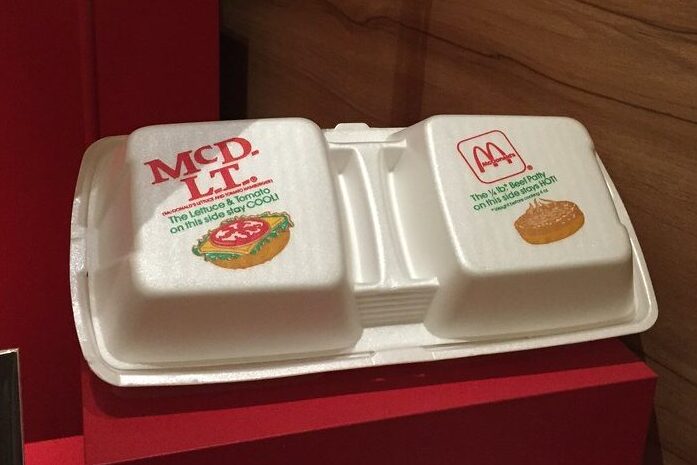
The McDLT was an ambitious offering that attempted to keep hot ingredients hot and cold ingredients cold, with its two-sided packaging. The sandwich featured a beef patty on one side and fresh veggies on the other. On paper, it sounded revolutionary, but in practice, it was an utter disaster in terms of both packaging waste and nutritional value.
While McDonald’s fans might have enjoyed assembling the sandwich themselves, the overall nutritional value wasn’t great. The sandwich had a huge amount of calories and fat, thanks to its oversized portion and ingredients like mayonnaise and cheese. The McDLT was phased out as consumers became more mindful of both health and environmental impacts.
6. KFC’s Double Down
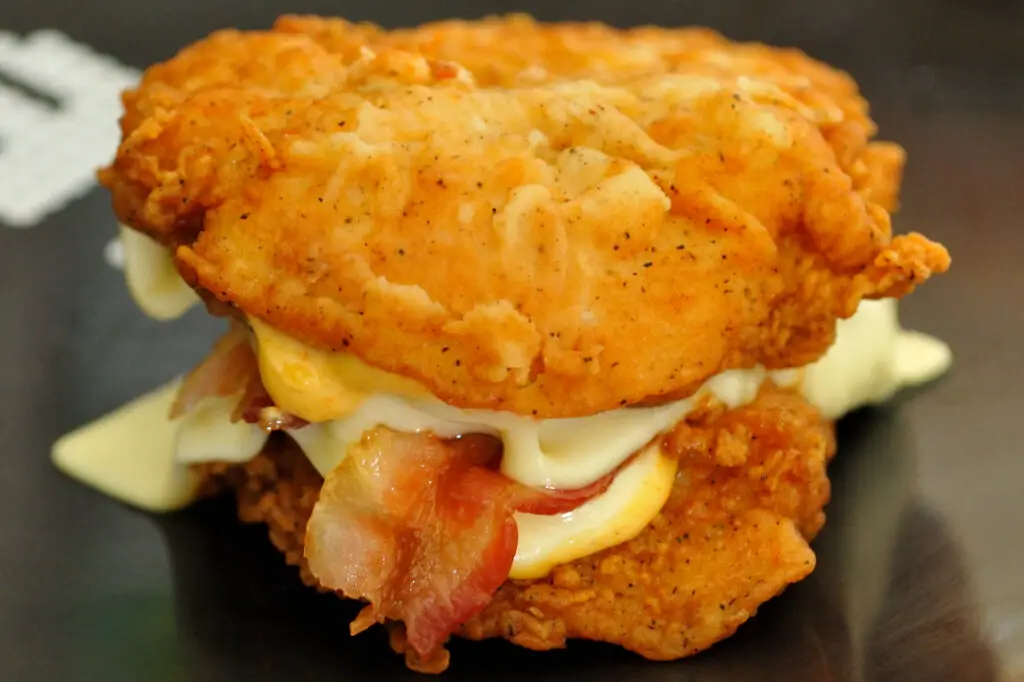
The KFC Double Down was a jaw-dropping creation: two pieces of fried chicken served as the “bun,” sandwiching bacon, cheese, and sauce. No bread. Just pure meat and cheese. It quickly became famous for its over-the-top indulgence, but it also sparked concern about how unhealthy it was.
With a sky-high calorie count and dangerously high levels of fat and sodium, the Double Down was a fast food item that crossed the line into extreme territory. While it had a loyal fan base, its nutritional profile was too much for health-conscious consumers. KFC eventually removed the sandwich from menus after it became clear that most people couldn’t justify such an extreme meal.
7. Taco Bell’s Volcano Menu
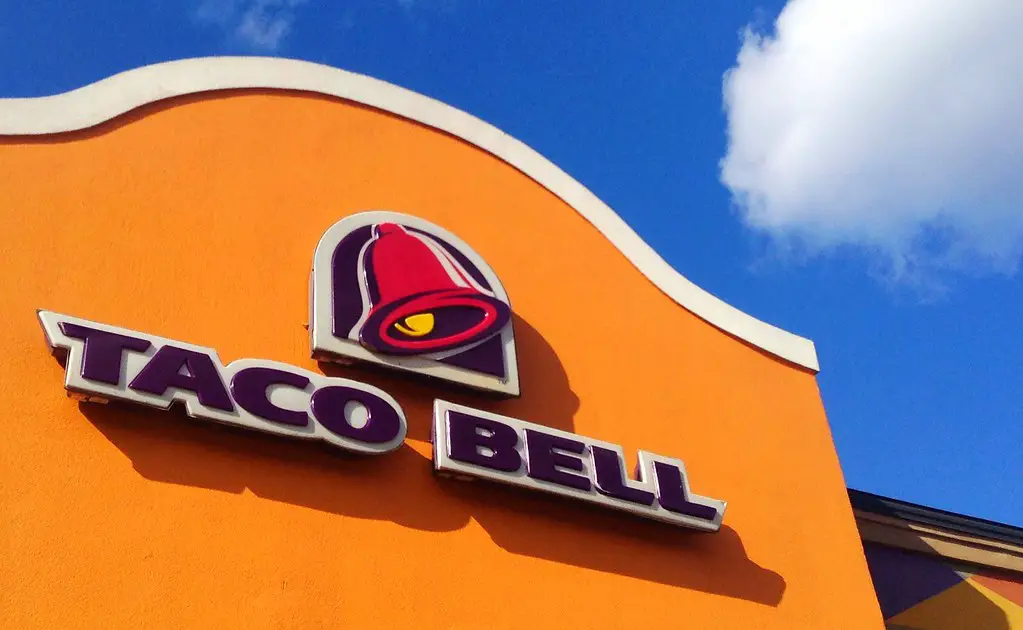
Taco Bell’s Volcano Menu, introduced in the early 2000s, was packed with fiery options like the Volcano Taco and Volcano Burrito. These items were loaded with spicy lava sauce, cheese, and extra-seasoned beef. It was marketed as an adventurous, bold menu that would appeal to those craving intense heat, but it didn’t take long for people to realize just how much it hurt their stomachs.
The combination of super-spicy ingredients with the already heavy taco fillings resulted in a calorie explosion. Many customers complained about digestive issues after consuming the items, leading Taco Bell to phase out the Volcano menu. It turns out that spicy isn’t always the answer, especially when it comes to fast food.
8. Arby’s Big Kahuna Sandwich
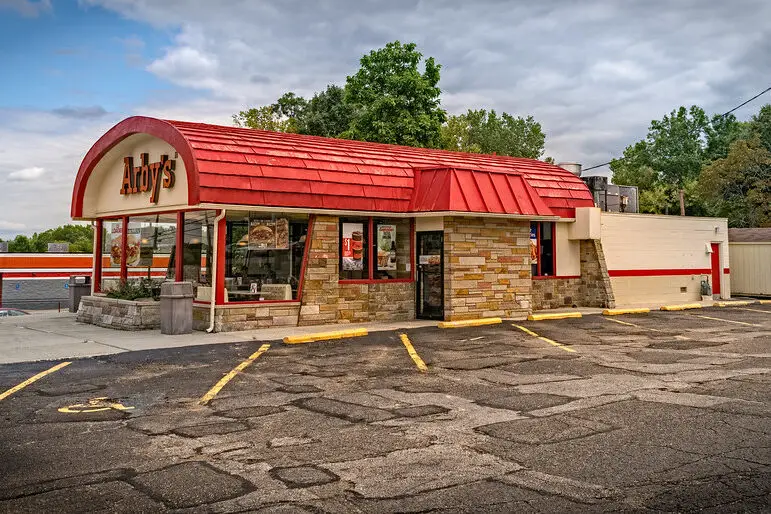
Arby’s Big Kahuna Sandwich aimed to bring the flavors of the islands to the mainland, with a mix of roast beef, pineapple, and teriyaki sauce. But this tropical take on fast food didn’t exactly deliver when it came to health or flavor. The sandwich was drenched in sweet teriyaki sauce, and the combination of roast beef and pineapple just didn’t resonate with customers.
Despite the novelty factor, the Big Kahuna Sandwich was too high in calories, sugar, and sodium to be a sustainable menu option. Arby’s ended up pulling it from the menu, likely due to its less-than-stellar sales and its tendency to add excessive calories to anyone’s meal.
9. Sonic’s Footlong Quarter Pound Coney
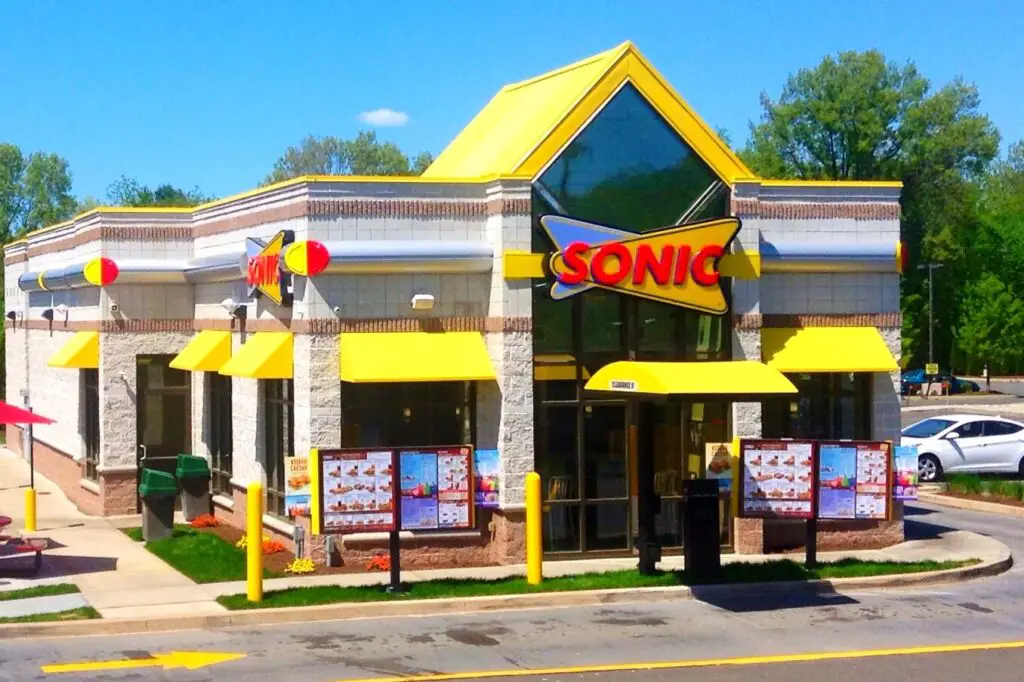
Sonic’s Footlong Quarter Pound Coney was a huge offering, boasting a quarter-pound hot dog with chili, cheese, onions, and mustard. It was meant to be a massive, indulgent treat for people who wanted a big, meaty meal. However, the reality was that it wasn’t just big in size—it was big in calories too.
The Footlong Coney was so loaded with unhealthy ingredients that it was quickly deemed too much for most fast food customers. The combination of fatty meat, heavy chili, and cheese made it a nutritionist’s nightmare. Sonic eventually pulled it from the menu, realizing that people could do without this caloric overload.
10. Pizza Hut’s Big New Yorker
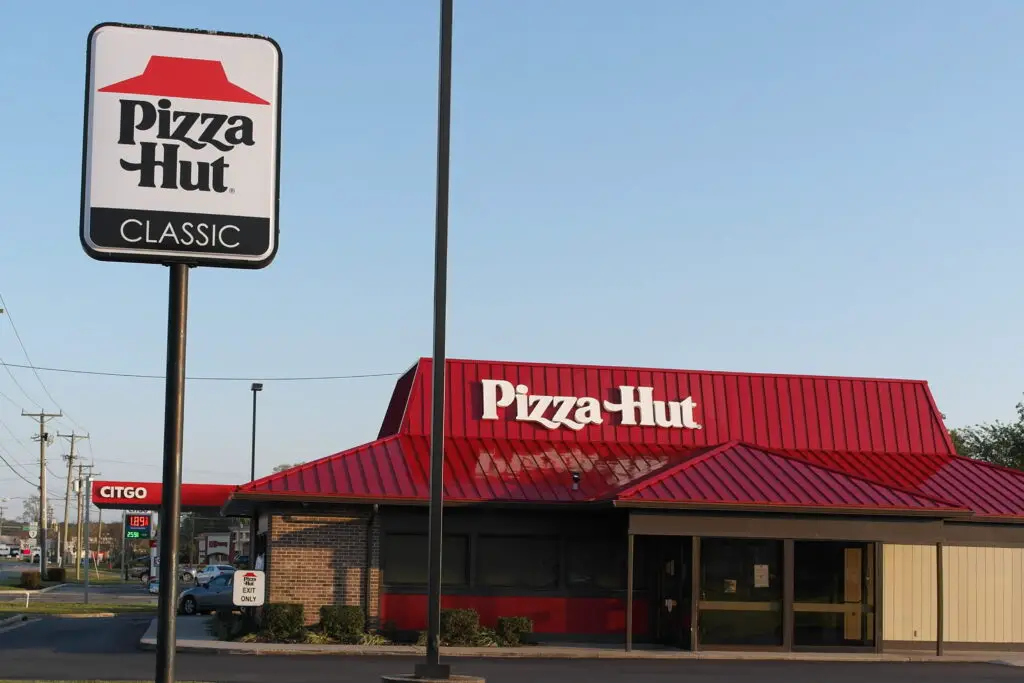
Pizza Hut’s Big New Yorker pizza was marketed as a massive, indulgent pie designed to satisfy any appetite. With its oversized slices and loads of cheese and toppings, it was a heart attack on a plate. While the Big New Yorker was a hit with pizza lovers, it quickly became evident that the portion sizes were out of control.
The pizza was way too much for a single person, packing in way more calories and sodium than most people needed in a single meal. Pizza Hut eventually retired it, recognizing that its decadent nature was no longer in line with the growing trend of healthier eating options.
11. McDonald’s McPizza
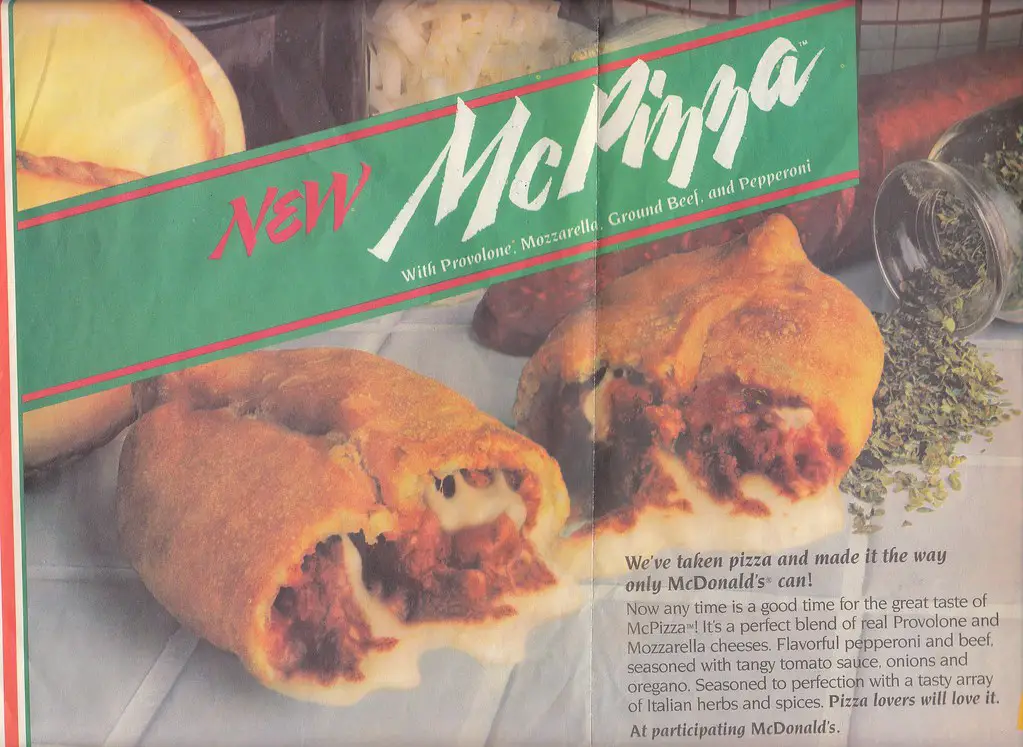
McDonald’s McPizza was a bold experiment in the fast food world. Launched in the late 1980s, it was the company’s attempt to compete with pizza chains. Unfortunately, it wasn’t long before people realized that McDonald’s wasn’t the place for pizza, especially when it came to the deep-dish variety they were offering.
The McPizza was deep-fried, laden with cheese, and served with a greasy crust. With its heavy calorie count, it couldn’t keep up with the faster, more efficient pizza chains already in the market. After a short-lived run, McDonald’s decided to pull it from the menu for good.
12. Hardee’s Monster Thickburger
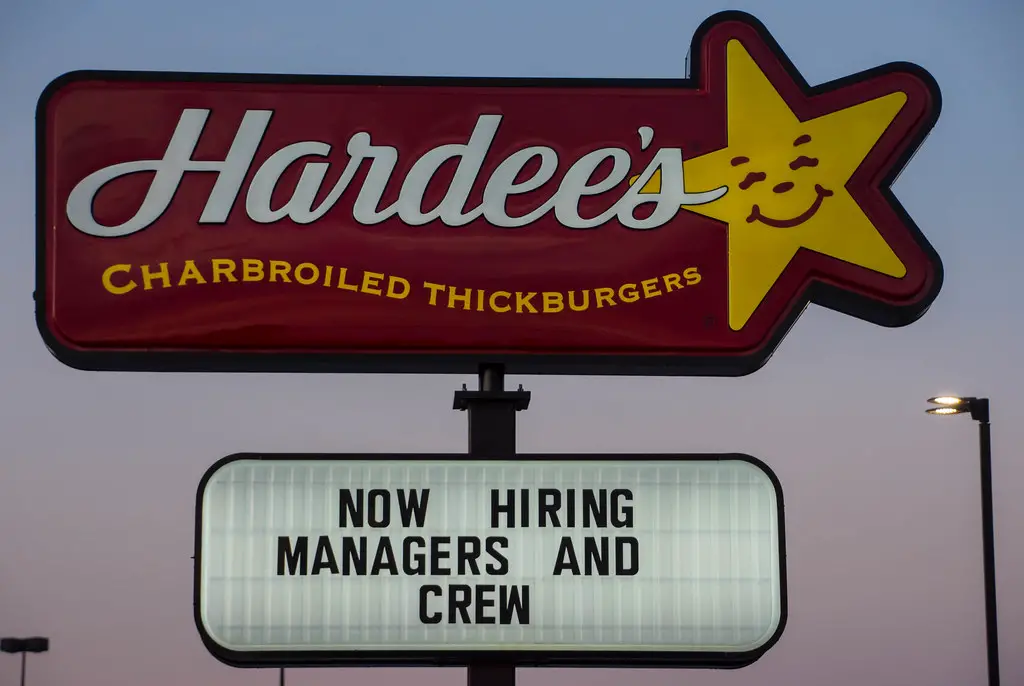
Hardee’s Monster Thickburger was as extreme as fast food gets. With two beef patties, bacon, cheese, mayonnaise, and a fried chicken breast all sandwiched between a massive bun, it was a beast of a meal. While it seemed like the ultimate indulgence, it quickly became apparent that the sheer size and calorie count made it unsustainable.
The sandwich was a calorie bomb, with over 1,400 calories and more fat than most people needed in a day. Hardee’s discontinued the Monster Thickburger, realizing that even for those looking for a hefty meal, it was just too much to handle.
13. Burger King’s Satisfries
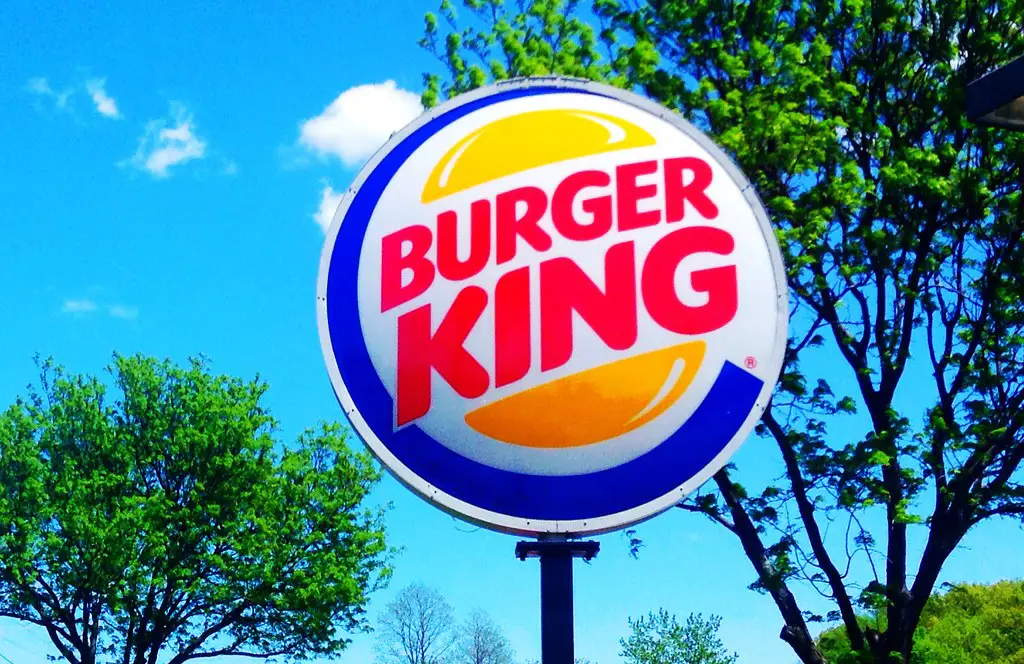
Burger King launched Satisfries with the promise of lower-calorie fries that still had the same salty, crispy appeal. They were marketed as a guilt-free option for fast food fans who wanted the indulgence without the calorie hit. In reality, the fries didn’t quite deliver the taste most people expected, and the lower fat content made them feel less satisfying to fry lovers.
Despite the healthy spin, customers quickly realized that Satisfries didn’t taste nearly as good as traditional fries, and many were disappointed by the bland texture. Combined with the high sodium levels that remained in the fries, it was a lose-lose situation for those trying to enjoy a “lighter” fast food experience. Burger King eventually pulled the item, and fans returned to the classic fries they knew and loved.
14. KFC’s Original Recipe Popcorn Chicken
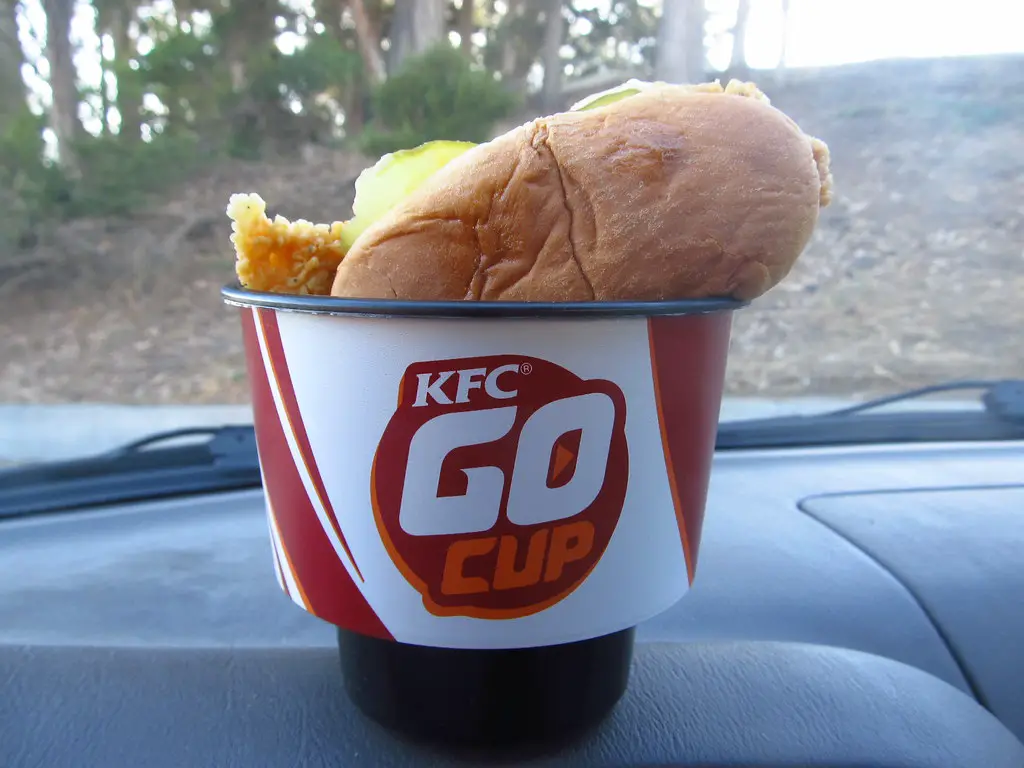
Popcorn chicken seemed like a snackable dream: bite-sized pieces of KFC’s famously seasoned chicken that were easy to eat on the go. Introduced in the late ’90s, the product promised convenience and fun, but it also packed a wallop in terms of calories and fat. The tiny pieces encouraged overeating, and the frying method added an enormous amount of grease to each bite.
Though beloved by fans for its flavor, the health backlash grew louder as people began tracking sodium and fat intake more closely. Even a small portion contained more calories than many expected, and it became clear that this “snack” was actually a serious indulgence. KFC quietly removed it from menus after realizing it wasn’t compatible with the growing push toward healthier options.
15. Sonic’s Extreme Cheeseburger

Sonic’s Extreme Cheeseburger pushed indulgence to its limits, layering multiple beef patties with extra cheese, bacon, and a rich sauce. It was meant to be the ultimate cheat meal, but the sheer size made it impractical for regular consumption. Many customers loved it for its flavor, but dieticians and health advocates were quick to label it dangerously unhealthy.
The combination of fats, sodium, and calories was enough to shock even the most seasoned fast food fans. As fast food chains began to respond to consumer interest in lighter, more balanced meals, the Extreme Cheeseburger became a casualty of its own excess. Sonic eventually retired it, leaving only memories for those who dared to tackle it.
16. McDonald’s McLean Deluxe
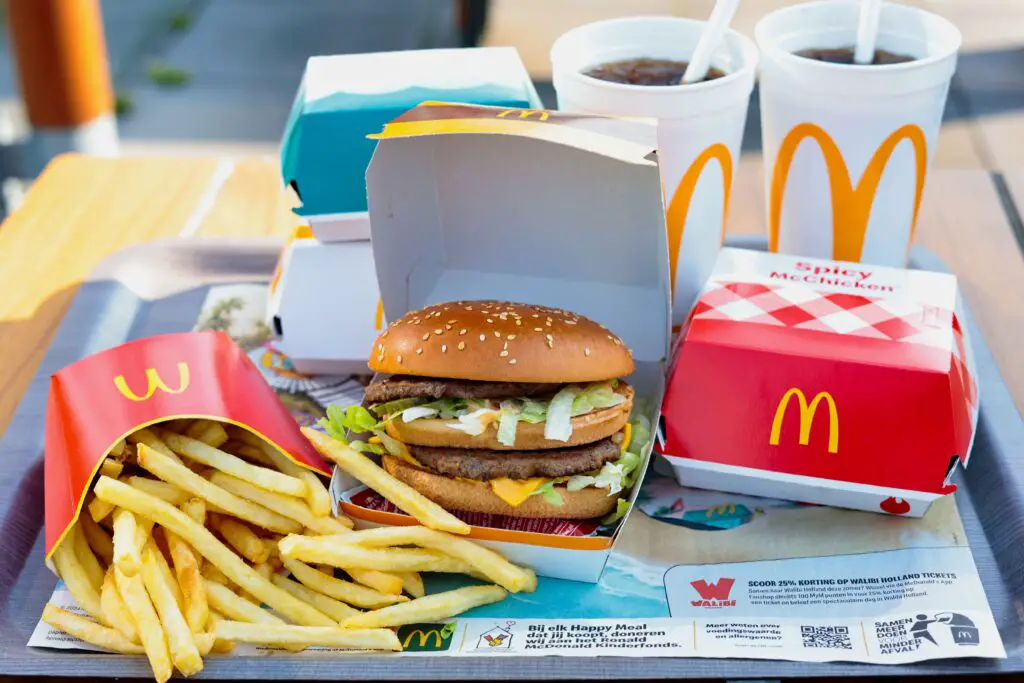
McDonald’s McLean Deluxe was an attempt to cash in on the low-fat craze of the late ’80s and early ’90s. Using a leaner beef patty and added oat bran, it was designed to be a “healthier” burger option. In theory, it sounded great, but the reality was that the flavor suffered, and the burger didn’t satisfy the craving for a traditional McDonald’s experience.
The McLean Deluxe quickly gained a reputation for being bland, and customers weren’t impressed by the subtle health tweaks. It was discontinued after a short run, as McDonald’s realized that flavor often trumped health for their fast food audience. The idea of a low-fat burger lived on in concept, but this version was a clear misstep.
17. Burger King’s Mac n’ Cheetos

Burger King tried to combine two childhood favorites—mac and cheese and Cheetos—into one crunchy fried snack. The product featured macaroni and cheese coated in a bright orange Cheetos breading, creating a hybrid of gooey, cheesy indulgence and fried crispiness. Fans were initially intrigued, but the novelty quickly wore off once people realized just how unhealthy it was.
The calorie count was sky-high, and the sodium levels were off the charts, making it more of a shockingly indulgent treat than a snack. While it generated social media buzz for its wacky concept, the health backlash and limited repeat purchases led Burger King to remove it from the menu. The Mac n’ Cheetos lived on mostly in viral photos and stories of fast food experimentation gone wild.
18. Taco Bell’s Quesarito
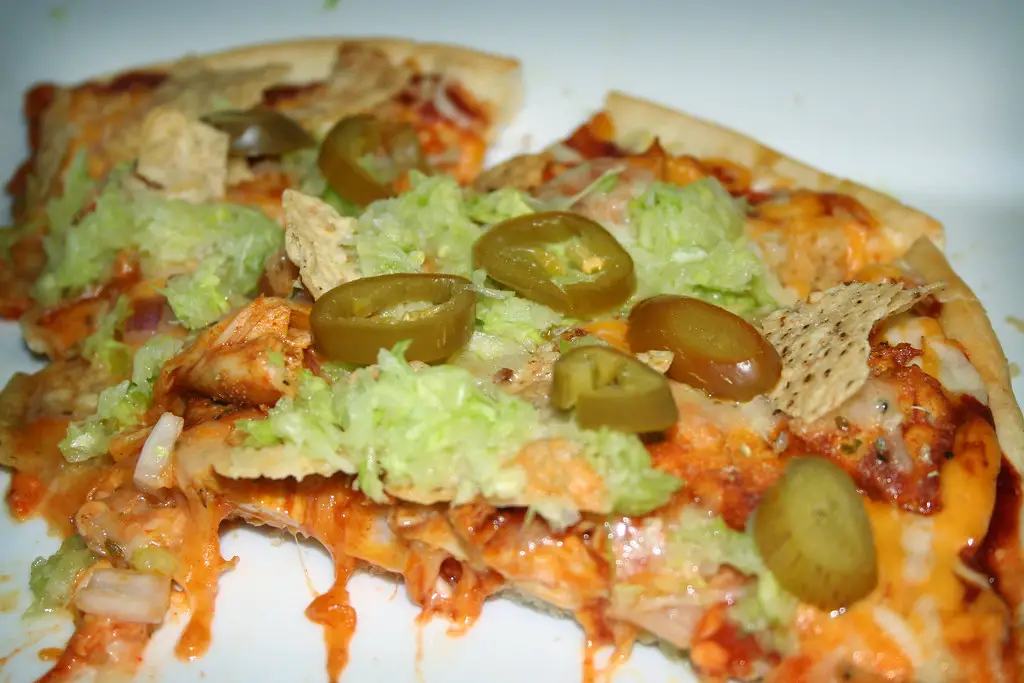
The Quesarito was Taco Bell’s attempt at taking a quesadilla and a burrito and mashing them together into a single item. With a cheese-stuffed tortilla wrapped around beef, rice, sour cream, and sauce, it promised maximum indulgence in every bite. For fans of extreme fast food, it delivered on flavor, but the combination made it an absolute calorie monster.
Despite its popularity, the Quesarito was criticized for being nutritionally outrageous. One item could easily exceed 700 calories, and with added sodium and fat, it was more of a cheat-day indulgence than a menu staple. Taco Bell eventually phased it out as part of a menu shakeup, though fans still fondly remember the over-the-top creation.
